
 6
6




Seeking a long-term partner to establish forest garden. Keen to find that person and happy to just make some friends. http://www.permies.com/t/50938/singles/Male-Edinburgh-Scotland-seeks-soulmate

 3
3




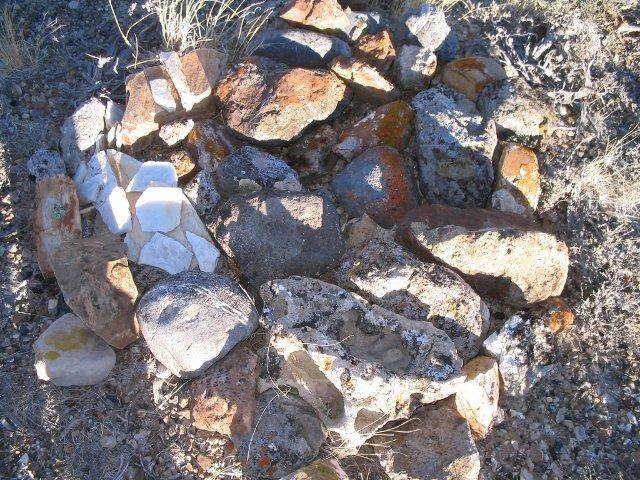
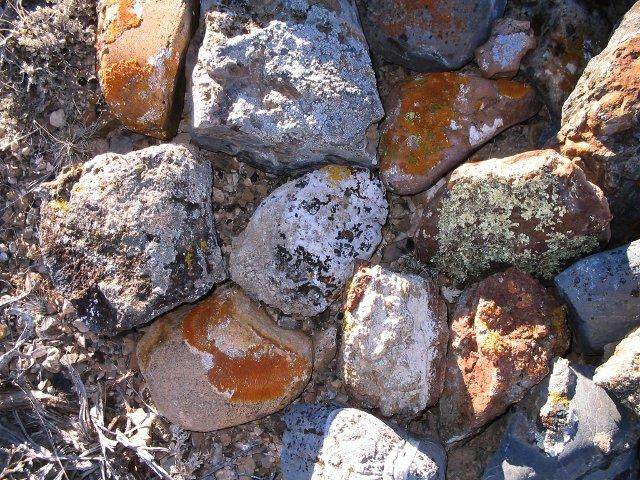
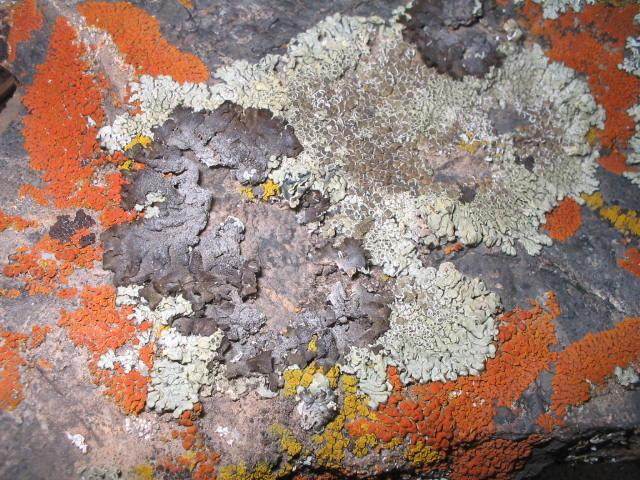
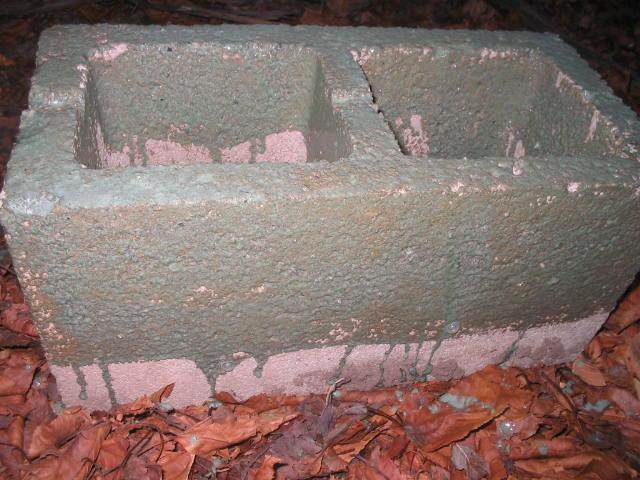
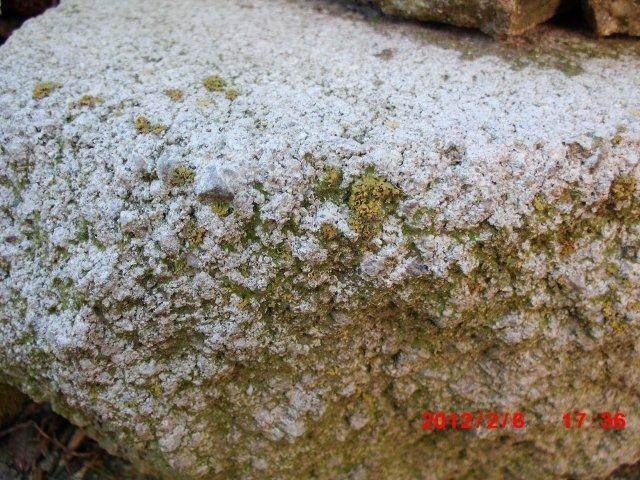






Works at a residential alternative high school in the Himalayas SECMOL.org . "Back home" is Cape Cod, E Coast USA.

 4
4




Rebecca Norman wrote:What does your lichen growth formula consist of? I'd love to do this. I've heard of putting yogurt, water and lichen in the blender and painting onto rocks, but I'd rather know what you did that actually worked.












Anne Christgau wrote:Hello from across the pond,
At our local park in South East London lichen can be seen growing on the tarmac paths
At first I thought I was looking at gobs of chewing gum, on closer inspection lo and
behold lichen.
Seeking a long-term partner to establish forest garden. Keen to find that person and happy to just make some friends. http://www.permies.com/t/50938/singles/Male-Edinburgh-Scotland-seeks-soulmate








Remember, moderation in all things, except, perhaps, dietary diversity!
-- James A. Duke
 1
1




William Bagwell wrote:For what its worth, lichens can live on iron.


How permies.com works
What is a Mother Tree ?

 4
4






QuickBooks set up and Bookkeeping for Small Businesses and Farms - jocelyncampbell.com




 2
2




 3
3




Greetings from Brambly Ridge
 3
3





|
I like you because you always keep good, crunchy cereal in your pantry. This tiny ad agrees:
Freaky Cheap Heat - 2 hour movie - HD streaming
https://permies.com/wiki/238453/Freaky-Cheap-Heat-hour-movie
|





